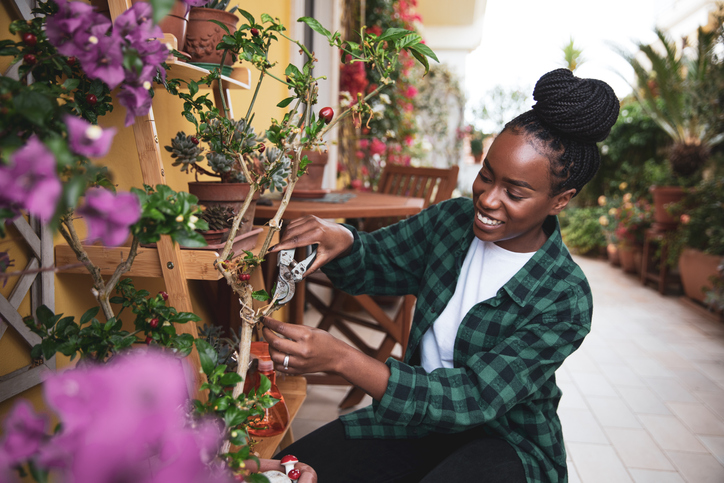
Source: LeoPatrizi / Getty
National Gardening Day is a day intended to encourage active gardeners to pick up their shovel and get into it, and to encourage beginners to try this healthy and uplifting hobby. Gardening has been said to have many health benefits. An article published in the National Library of Medicine explains that gardening gives one exposure to vitamin D, creates an opportunity for socializing, improves mental wellness and does many other great things for a human being. If you’re looking for a low-cost way to beat stress, gardening is perfect for that.
If you’re new to gardening, the prospect of trying to plant something in your yard can feel intimidating. However, because this activity provides so many benefits, we want it to feel accessible to all. So today we’re going over some tips for the beginner gardener. You might have a green thumb before you know it.
Location, Location, Location
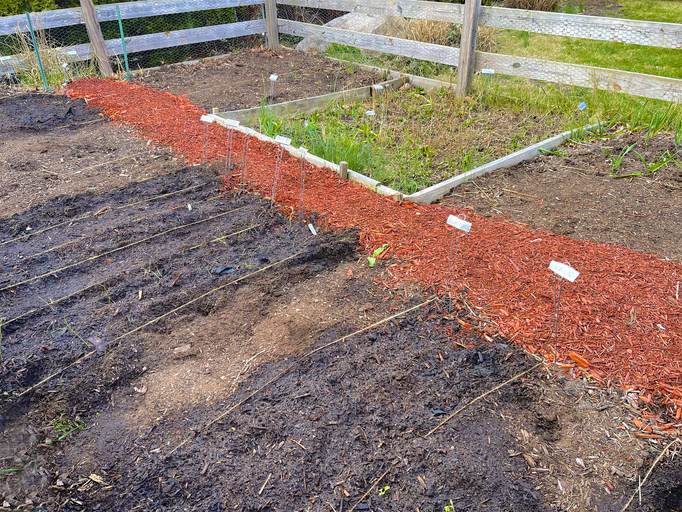
Source: Barry Winiker / Getty
Before you even start, it’s important to sit down and make a plan for what you’d like to garden. Select a designated zone for each item you’d like to plant, ensuring everything has the space that it needs. If you skip this step, you could get excited, go to the nursery and buy more seeds than you have room to sow. Remember that you’ll need to water plants regularly, so setting up your garden near a water source – like a hose hookup – is something you’ll thank yourself for later. And remember that most plants need a good deal of sunlight, so be sure to select an area that gets plenty of it.
Do a Soil Test
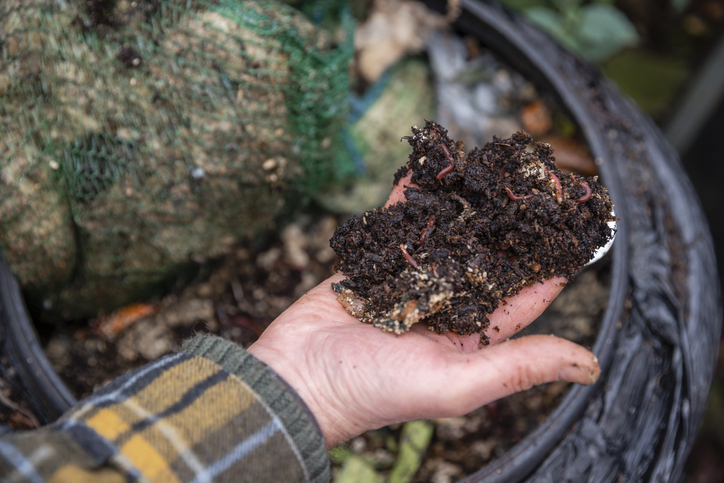
Source: SolStock / Getty
Before you get to planting, it’s important to understand what type of soil you have. Most soil will fall into one of two categories: acidic or alkaline. Some plants do better in one versus the other. You can easily purchase a soil test from a nursery or home improvement store that will have instructions that walk you through the process of testing your soil. If you find that your soil is too acidic or too alkaline for the plants you had in mind, there are plenty of great tips that an associate at a nursery can give you on how to adjust your soil’s pH levels.
Know How to Plant
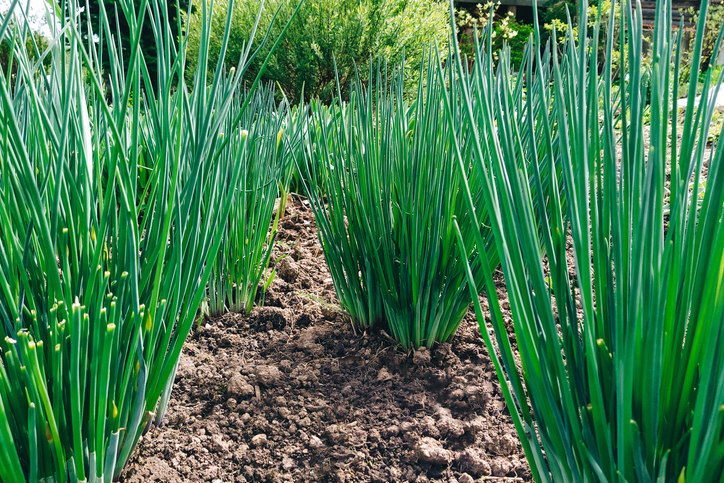
Source: Tatiana Maksimova / Getty
Be sure to look up videos on how exactly to plant the items you’re hoping to grow. Some items need to be planted deep within the soil while others can sit higher. And there are tips out there on how to properly plant just about any item. Getting this step right gives your plants the best chance at thriving.
How to Know When It’s Time to Water
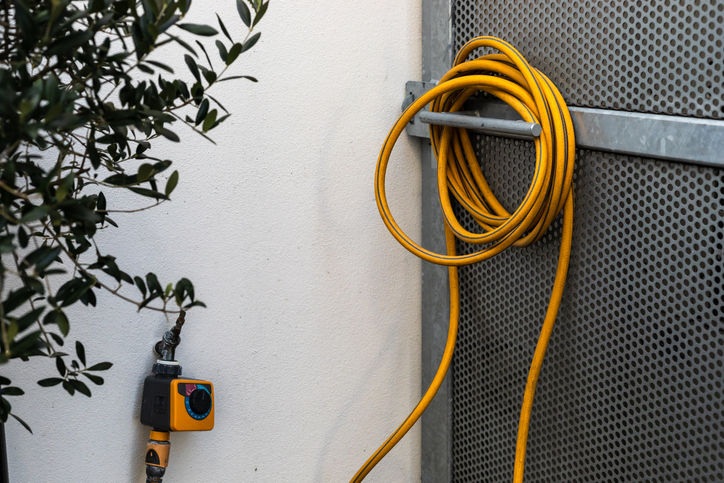
Source: Photographer, Basak Gurbuz Derman / Getty
Making sure your soil remains properly hydrated is crucial. If you don’t do this, your plants will likely perish. One great trick for knowing when your soil needs watering is this: push one finger into the soil, about an inch deep this (will be about one knuckle for most people). If you feel dry soil down there, it’s time to water. Remember to water the roots (or the root ball) – not the leaves. The roots are what absorb the moisture.
Consider Climate and Space
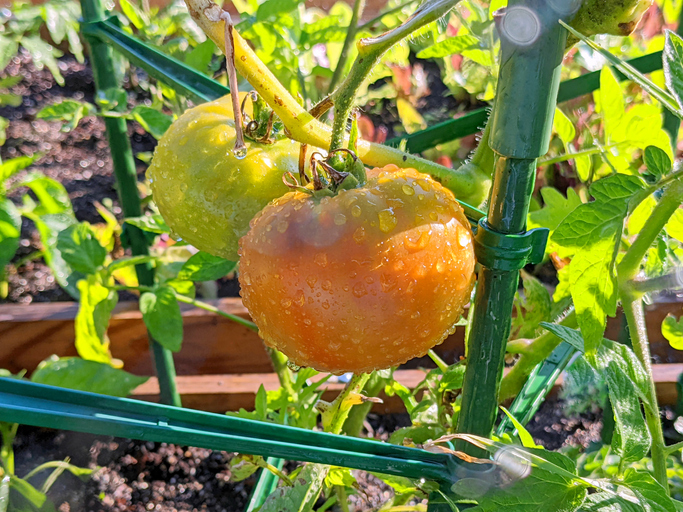
Source: Photo by Cathy Scola / Getty
When you know what plants you’d like to grow, do some research on them. It’s important to know what climates certain plants thrive in – and die in. For example, some plants are heat-resistant and are great for a desert climate. Then you have sun-loving plants that must get at least six hours of sunlight per day. Space is a concern, too. Ground plants that grow on vines like pumpkins and gourds will spread out fast and need plenty of area, so it’s important to plan for that.
Utilize Mulch
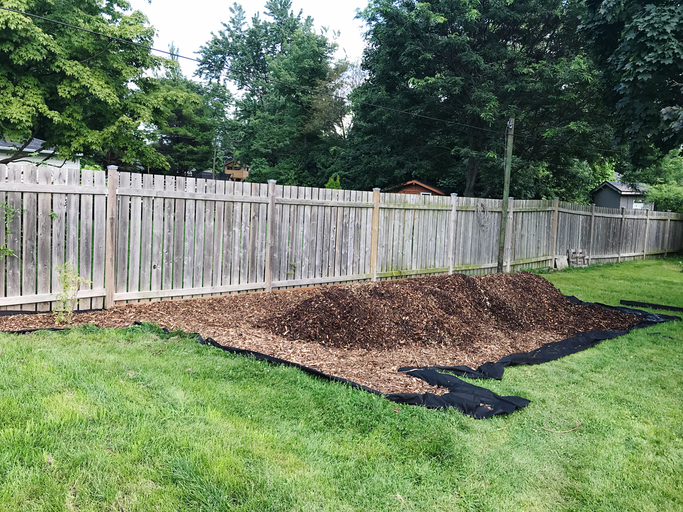
Source: Jennifer Henriksen / EyeEm / Getty
Weeds are always a concern for gardeners. One great way to prevent weed growth is to use mulch. You’ve likely seen this in other gardens. You’ll create what looks like a tiny, concave mountain of mulch about two to three inches tall, around each plant. This will prevent weeds from growing, while still giving your plants access to sunlight.
Feed Your Plants
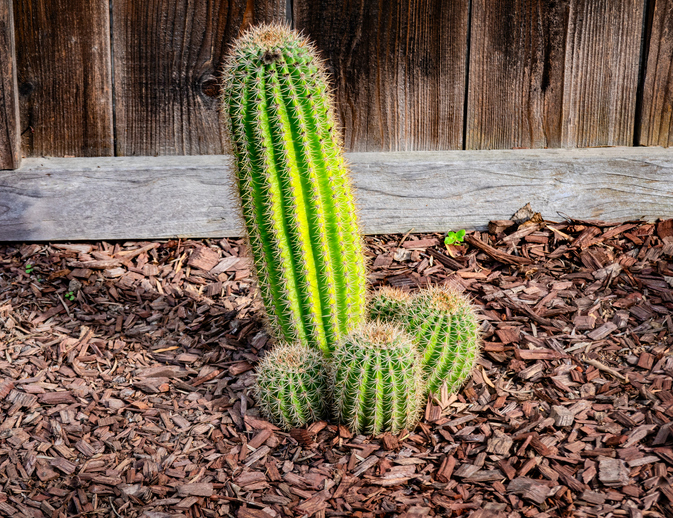
Source: Thomas Winz / Getty
Your plants need food, just like you do. Luckily, they don’t need to eat every day. However, depending on the type of plant, some need to eat once a month, while others need less. Fertilizer is the food that plants like. If you’re into composting, some plants can go with very little fertilizer so long as you add the organic materials from your compost to the soil before planting. Speak to a nursery professional about the best type of fertilizer for your plants and how often to use it.









